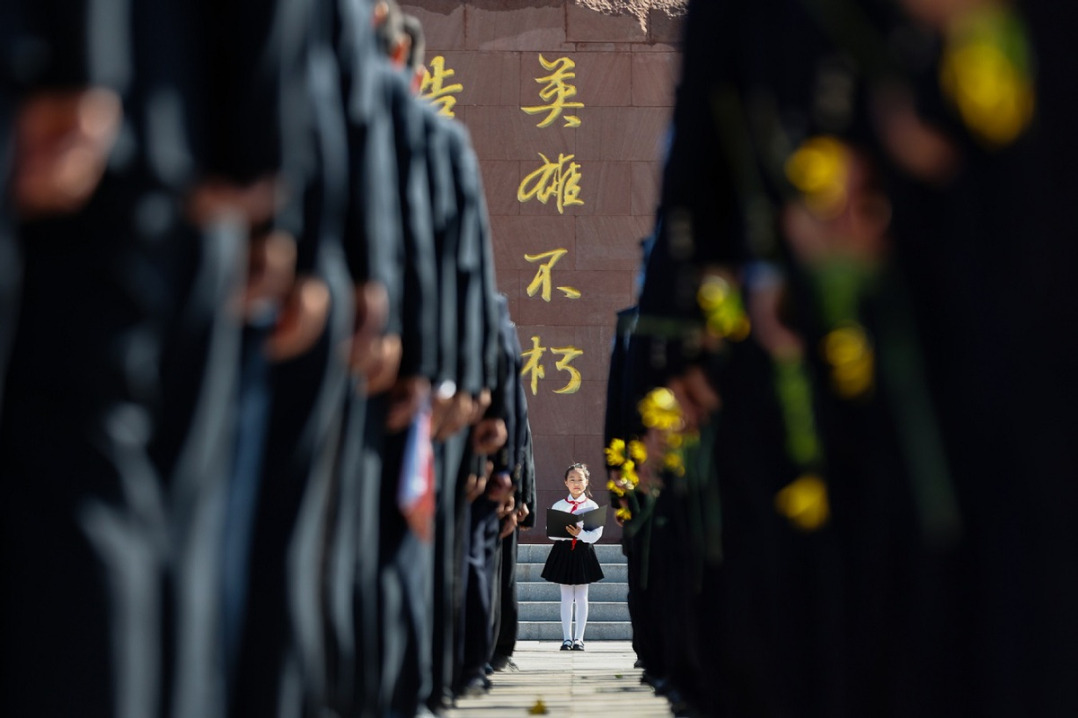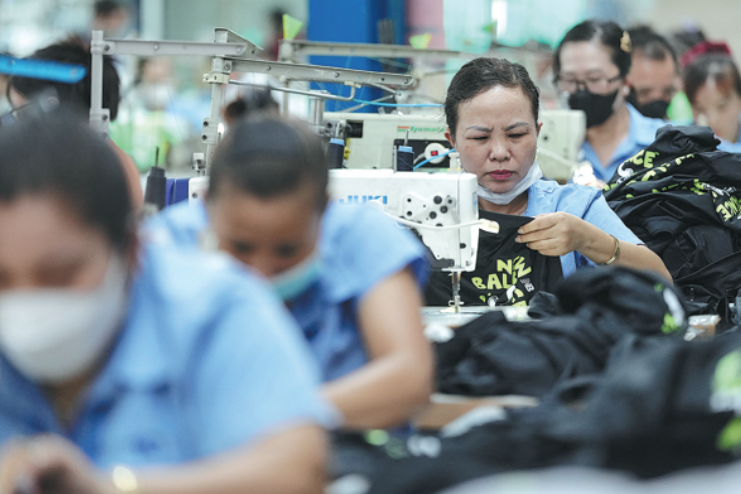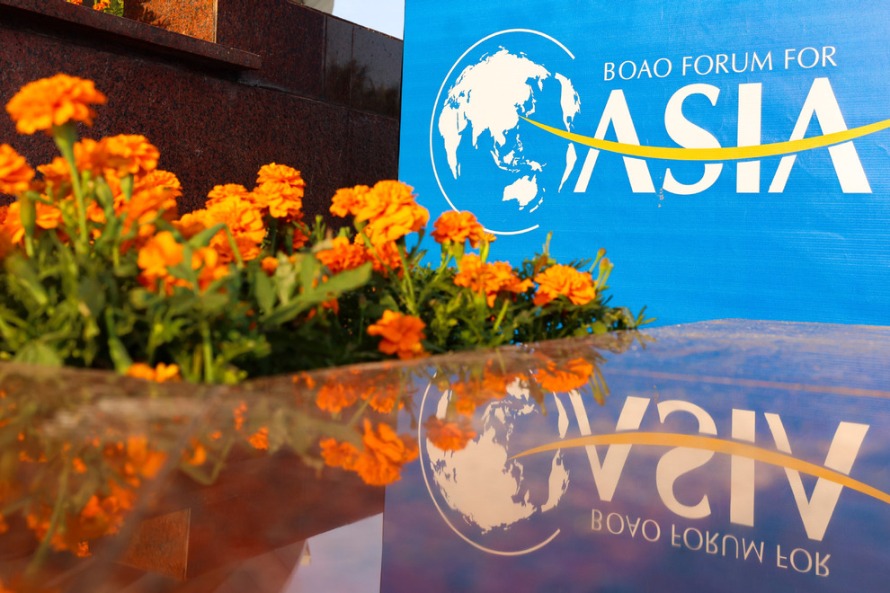Keeping tradition alive
Inheritors of intangible cultural heritage help ensure their art not only survives but thrives, Alexis Hooi and Wang Haoran report in Rizhao, Shandong.
By Alexis Hooi and Wang Haoran | China Daily Global | Updated: 2024-01-29 16:10

Personal links
In 2007, Ma returned to his hometown in Wulian after studying, training and working throughout the province and Beijing.
Ma said the high-quality clay he uses for his artworks are still drawn from the county, with its distinctive touch, feel and texture traced back to ancient times, helping him to maintain his links with the land and preserve its heritage in a personal way.
When asked about the inspiration behind the adorable, addictive grins of his popular series of child musician sculptures, the artist said their positive mood is exactly how he feels.
"I'm very happy when I'm creating these works, so perhaps they reflect that," said Ma, who also conducts classes in the community to pass on the traditions of his art.
"As a ceramist, it is important to play with and feel a handful of clay ... I want to pass on the craft and allow more people to better understand this intangible cultural heritage of ours."
For Zhao Hongxiang, being the seventh generation master craftsman of millstones in the area means a major responsibility to not just pass down the intangible cultural heritage, but also to come up with new ways of keeping it practical and useful.
"Our innovations include smaller sized, customized millstones that can fit on common kitchen counters," said Zhao, 35.
























